Marine bacteria are a fascinating bunch, aren’t they? They light up the ocean with their bioluminescence, adding a touch of magic to the mysterious underwater world. But did you know that some of these bacteria hold a secret talent for producing hydrogen gas, potentially paving the way for greener energy solutions?
Enter Vibrionaceae – a family of marine bacteria known for their diverse characteristics, from bioluminescence to housing pathogens like cholera. While they may not have been in the spotlight for biofuel production, researchers have now uncovered an intriguing ability within these microbes: the power to generate significant amounts of hydrogen gas by breaking down formate through fermentation.
Picture this: as these tiny organisms go about their business in the depths of the sea, they carry out a remarkable biochemical process. By dismantling formate into carbon dioxide and hydrogen using fermentation, Vibrionaceae could be holding the key to unlocking sustainable energy sources.
The stars behind this groundbreaking discovery are none other than Professor Tomoo Sawabe from Hokkaido University’s Faculty of Fisheries Sciences, Ramesh Kumar Natarajan from India’s National Institute for Interdisciplinary Science and Technology, and Fabiano Thompson from Brazil’s Federal University of Rio de Janeiro. Together, this international team delved into genome sequencing to unravel how Vibrionaceae pull off this impressive feat.
Their research journey led them to investigate all 16 known species of Vibrionaceae – often found cozying up with deep-sea creatures in symbiotic relationships. The focus? The Hyf-type formate hydrogenlyase (FHL) gene cluster – the genetic blueprint responsible for orchestrating the conversion of formate into hydrogen and carbon dioxide through specialized enzymes called hydrogenases.
Intriguingly, by peering into the genetic makeup of these marine microbes, Sawabe and his colleagues stumbled upon two previously unknown types of FHL gene clusters among Vibrionaceae. With these additions, there are now six distinct FHL gene clusters identified within these bacteria. This genetic diversity hints at how Vibrionaceae have evolved over time to adapt to different ecological niches – each variation tailored for optimal performance in specific environments.
But here comes the juicy part: not all Vibrionaceae are created equal when it comes to hydrogen production. Some species like Vibrio tritonius and Vibrio porteresiae showcased stellar levels of hydrogen generation compared to others like Vibrio aerogenes and Vibrio mangrovi which lagged behind. Surprisingly, there was a direct link between their ability to produce hydrogen and how efficiently they could absorb formate back into their cells – highlighting formate metabolism as a crucial player in sustaining fermentative hydrogen production among certain vibrios.
As Sawabe eloquently puts it:
“These analyses reveal unexpected diversity…in hydrogen production ability.”
In essence, each bacterium dances to its metabolic tune based on its unique FHL gene cluster composition.
Moreover, beyond just being eco-friendly energy factories under the sea surface, these findings hint at a deeper evolutionary tale unfolding among bacterial communities. The researchers propose that some species ramped up their hydrogen output not merely for energy purposes but as a survival strategy against environmental toxins like formate – termed as the “formate detoxification hypothesis.”
And guess what? This isn’t just about marine microbes showing off their biochemical prowess; it could shed light on similar processes occurring in other bacterial species such as our familiar E. coli buddies roaming around us.
So next time you marvel at nature’s wonders beneath the waves or ponder over your morning cuppa brewed with microbial help (yes, really!), remember that even at microbial scales – big things are happening!


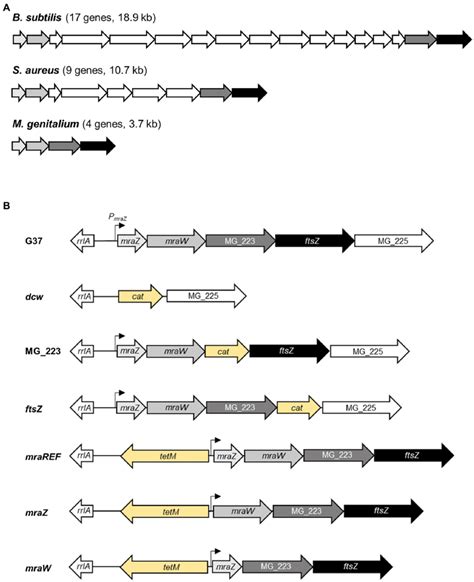

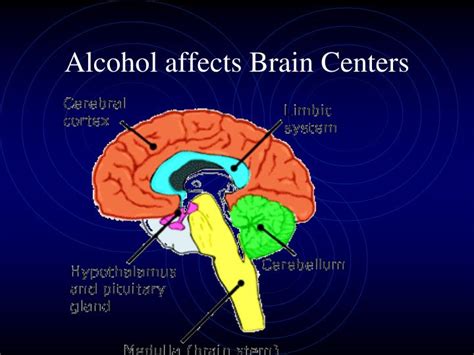
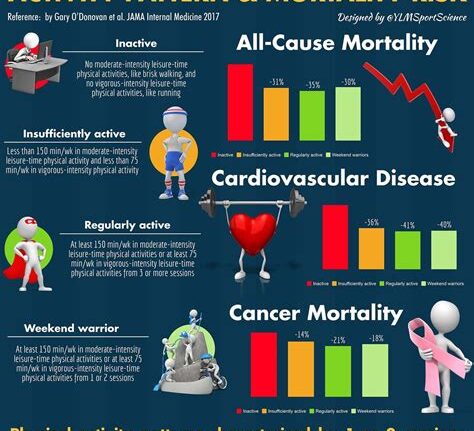
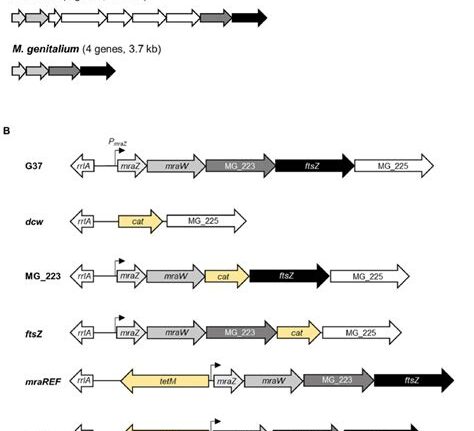

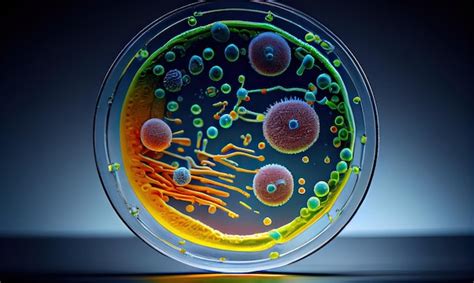
Leave feedback about this